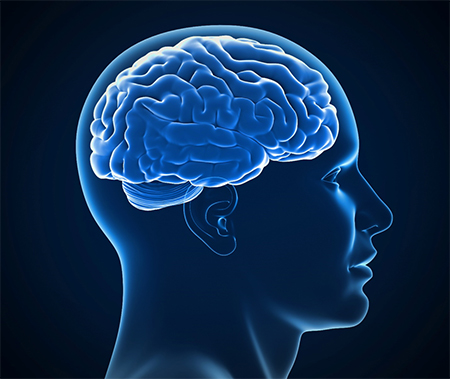Walk or ride, sit or stand, shirt or sweater? Researchers estimate that we make about 35,000 choices a day. New research by mechanical engineers at the University of Colorado Boulder suggests that how humans dart their eyes may reveal valuable information about how they make decisions. (University of Colorado at Boulder. "Not-so private eyes: Eye movements hold clues to how we make decisions." ScienceDaily. ScienceDaily, 13 December 2022. <www.sciencedaily.com/releases/2022/12/221213094812.htm>.)
The optic nerve connects and transmits visual information from the eye to the brain, making it part of the central nervous system and an anatomical extension of the brain. More and more, examination and research on the eye has provided better understanding of brain processes. This research tracked saccades, the quick, involuntary, simultaneous movement of both eyes between two or more fixation points, for clues about how we make decisions.
 |
Researchers discovered that the subjects' eyes gave them away: Even before they made their choices, the treadmill users’ eye movements were initially slower, then tended to be faster when they looked toward the options they ended up choosing. The more vigorously their eyes moved, the more they seemed to prefer their choice. What’s more, subjects who made the quickest decisions had the fastest saccades. Once the subjects made their decision, their eyes slowed again. (Note: normal saccadic eye movement takes about 200 milliseconds.)
Alaa Ahmed, senior author of the study noted, "Slowed (eye) movements aren't just a symptom of Parkinson's (disease) but also appear in a lot of mental health disorders, such as depression and schizophrenia. We think these eye movements could be something that medical professionals track as a diagnostic tool, a way to identify the progress of certain illnesses." Once again, the eyes provide a noninvasive way to observe the inner workings of the human brain from the outside.
Learn more about the visual system with our CE, Anisometropia: Treatment Starts Young, at 2020mag.com/ce.












